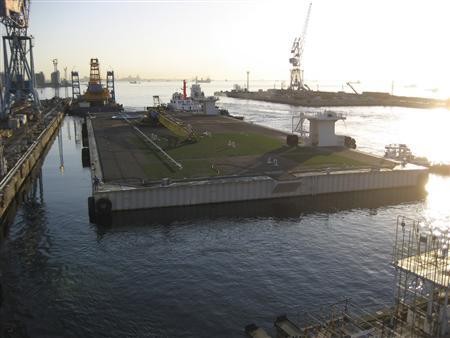An evidence of an 800-foot wave or megatsunami has been discovered and experts are worried that this could mean a possible disaster in the future.
There is a scarce evidence for the generation and impact as well as the high run-ups of megatsunamis triggered by collapse. Hypothetically, megatsunamis with highly catastrophic effects can be triggered by large-scale gravitational flank collapses of steep volcanic islands.
Located in the Cape Verde Islands, Fogo is one of the most prominent oceanic volcanoes on Earth. It was around 73,000 years ago when it catastrophically collapsed and triggered a megatsunami with devastating effects.
There is at least one fast and voluminous event that led to a giant tsunami involved in the flank failure of Fogo, according to the evidence reported in a new study published in the journal Science Advances.
According to the study, it is likely that flank collapses may catastrophically take place. Hazardous tsunamis of enormous height and energy may be triggered by these collapses.
Currently, the post-collapse Fogo volcano measures around 2,829 meters (9,300 feet) above sea level. Columbia University's Lamont-Doherty Earth Observatory researcher Ricardo Ramalho spotted unusual boulders years ago. Lying 2,000 feet inland and around 650 feet above sea level, the boulders were as big as delivery vans and were lying on volcanic ground.
In a statement obtained by Eurekalert, Ramalho explained, "Our point is that flank collapses can happen extremely fast and catastrophically, and therefore are capable of triggering giant tsunamis."
While the collapses probably do not happen very often, Ramalho pointed out that "we need to take this into account when we think about the hazard potential of these kinds of volcanic features."



























